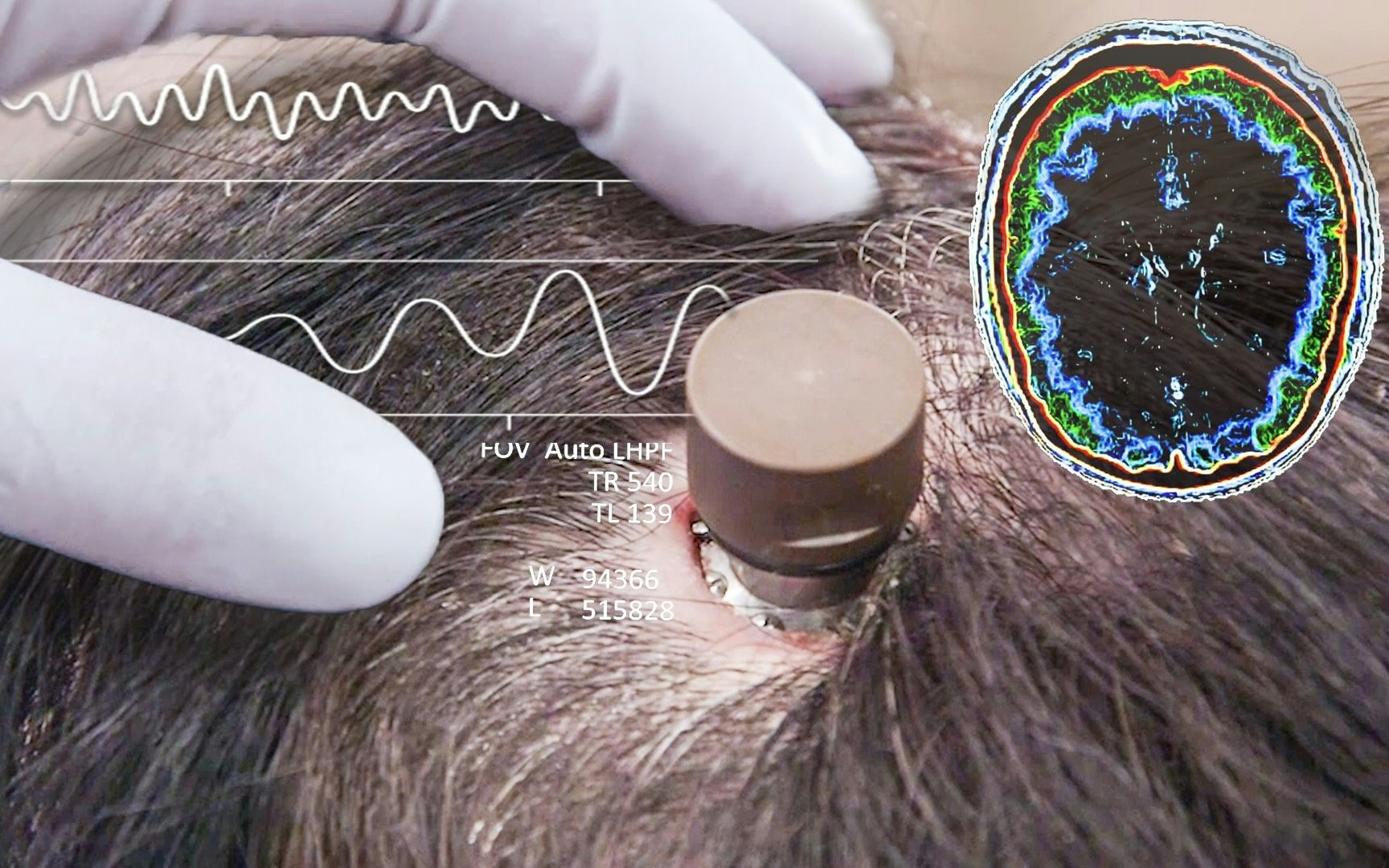Technology
Neuralink Presents Patients with Brain Implant for the First Time
A man, paralyzed after a diving accident, moves computer cursor using only his thoughts.

In a remarkable demonstration of technological advancement, Neuralink, the company led by Elon Musk, has for the first time introduced a patient who was paralyzed after a tragic diving accident and is now able to move a computer cursor through pure thought, thanks to a brain-computer implant. The 29-year-old Noland Arbaugh exceeded all expectations during a live broadcast on Musk's X platform on Wednesday by controlling a chess game, an endeavor that seemed unthinkable before.
"It feels as if I'm moving the cursor with a force known from movies like 'Star Wars'," Arbaugh described the novel experience. His surgery went smoothly, and he was able to leave the hospital just one day after the procedure. Neuralink's technology, which enables wireless data transmission and thus allows use outside of laboratory environments, marks a significant advancement over older, wired brain chips that have existed since 2004.
Neuralink's presentation not only showed Arbaugh playing chess, but also simultaneously recounting his experiences, underscoring the ability to multitask - a first in demonstrations of brain-computer interfaces that previously required the user's undivided attention.
The accident that robbed Arbaugh of all movement below the shoulders in June 2016 led to a wave of support, led by Tom Burks, a pastor at Stone Ridge Church in Yuma, Arizona, who has known the family for about two decades. "I was happy for them," Burks said after the surgery was made public.
Elon Musk, whose companies always pursue ambitious goals – be it the colonization of Mars by SpaceX or the enhancement of human cognition through Neuralink – had already tweeted in January that the first patient had received the implant and was recovering from the surgery. Arbaugh spent the following months training the implant to translate his thoughts into precise cursor movements. Despite some challenges that Arbaugh did not specify, he emphasized how much the device had already changed his life, including a video game marathon session that only ended when the implant's battery had to be charged after eight hours.
Wireless Charging, Another Innovation of the Neuralink Device Consisting of a Coin-Sized Chip and Hair-Thin Electrodes, Nonetheless Presents a Challenge: Temperature Control When Charging a Battery Located in the Head.
While other companies such as Paradromics and Precision Neuroscience are developing similar brain-computer implants, so far only Synchron has permanently implanted such a device in a person. Synchron's approach, a stent that is placed in a blood vessel above the brain, is less invasive, but may not be able to capture as many neural data as the Neuralink implant.
Musk and Neuralink set high goals: to one day equip healthy people with brain implants to keep up with artificial intelligence. But before this visionary goal can be achieved, Neuralink must prove that its implant is safe and effective for people like Arbaugh, who suffer from serious impairments.





